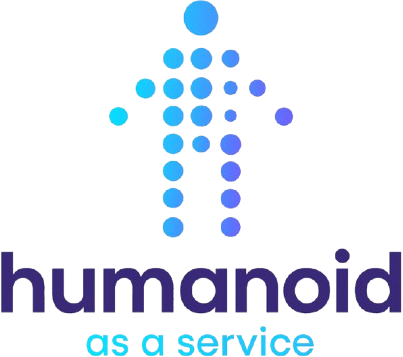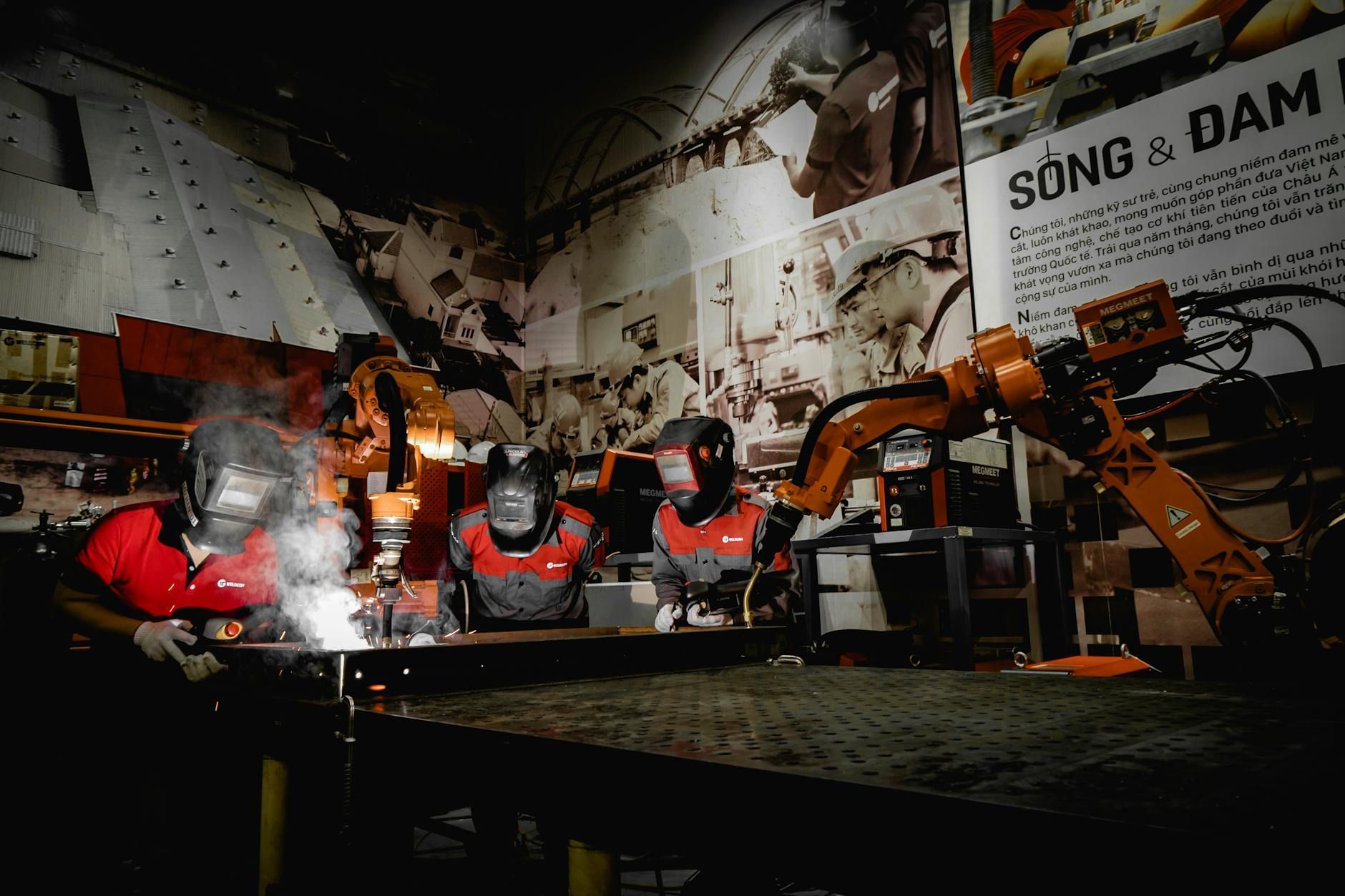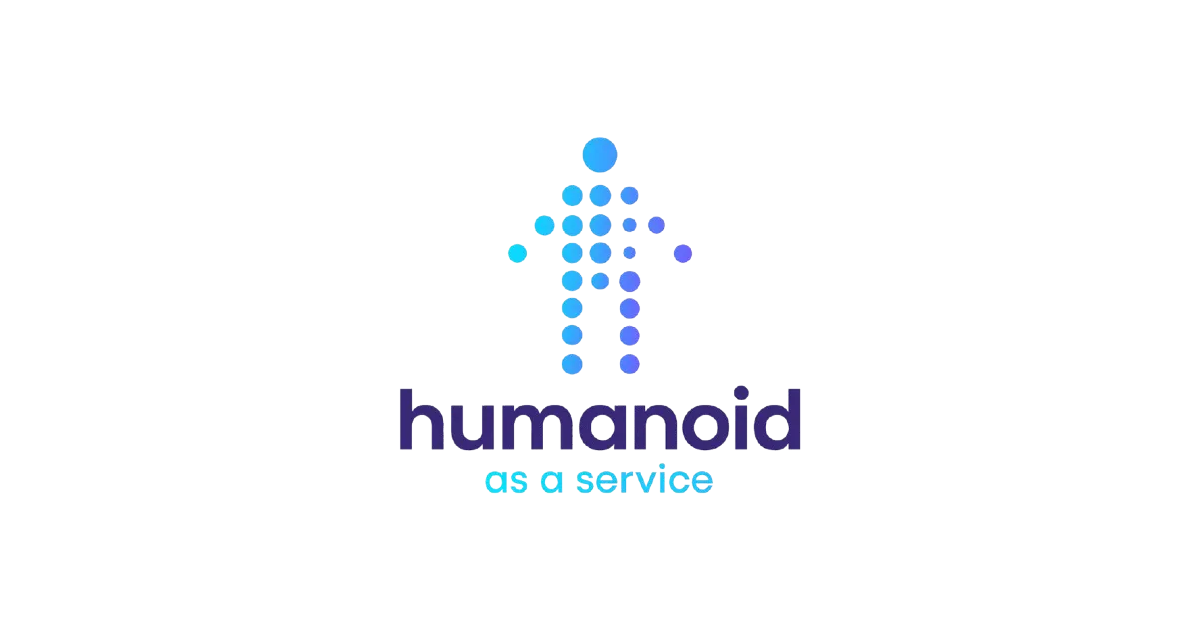Strong Wealth Solutions
Maximize Your Team’s Potential with Workforce Automation Software
In today’s fast-paced business world, it’s natural to wonder if you’re really getting the most out of your team’s day-to-day operations. Maybe your managers feel swamped with back-office tasks, or you’re noticing that productivity lags due to repetitive responsibilities that drain creativity and time. That’s where workforce automation software can swoop in to help. By automating everything from data entry to complex scheduling, you open the door to more strategic thinking and innovation. The best part? You maintain a human-centric environment while eliminating the tasks that weigh everyone down.
Below, we’ll explore how workforce automation software fits into your bigger business goals, offering practical guidance on how to implement it successfully. Whether you’re starting from scratch or looking to optimize an ongoing project, these insights will show you exactly how to blend tech and talent. By the end, you’ll have a clear roadmap for streamlining tasks so that your best thinkers can focus on driving growth.
Discover the power of workforce automation
Think about the sum of all daily tasks in your organization, from invoice management to customer support triaging. Each small item might not take much time individually, but in total, they can add up to hundreds of hours per month. Workforce automation software helps you handle these duties with minimal human intervention, allowing employees to spend more time inventing solutions and less time on routine tasks.
Understand the invisible workload
We often underestimate the mental burden of small, repeated tasks. For example, let’s say your sales department has to update client information in multiple databases. This could be a 5-minute activity per client, but do that a few hundred times, and suddenly it’s consuming entire days. That invisible workload not only reduces productivity, it can also dampen morale. Automation lightens that hidden load by centralizing data updates, cross-referencing information automatically, and sending timely reminders.
Why automation is more than a cost-saver
It’s tempting to see automation purely as a way to save money, but you’re also investing in your team’s creative capacity. When your employees aren't stuck retyping the same data or forwarding emails manually, they can devote their brainpower to brainstorming new services, nurturing customer relationships, or improving internal processes. It transforms how you allocate your most valuable resource, your people, and that can be a huge competitive advantage.
- Benefits of automation at a glance:
- Streamlined workflows that reduce human error
- More time for strategic thinking and leadership
- Better morale among employees tackling high-value tasks
- Faster turnaround for standard processes
Identify pain points in your workflow
Before you rush into any big tech purchase, it’s crucial to figure out which areas of your business would benefit most from automation. This is a bit like diagnosing symptoms before choosing the right treatment. In other words, don’t assume a single software solution will fix all your headaches. Instead, map out specific processes and see where the bottlenecks are.
Spot the repetitive tasks
Look for tasks that pop up frequently, follow a predictable pattern, or require time-consuming data entry. Maybe it’s your finance department chasing up invoices, or your HR team sifting through dozens of resumes. Workforce automation software is particularly good at handling consistency-based tasks since they’re typically rule-driven.
Isolate strategic-from-operational activities
Not all tasks are created equal. Some are purely operational, like scanning inventory spreadsheets. Others, like planning next quarter’s market expansion, need human insight. By sorting tasks into categories, you can see which ones make sense to automate.
- Examples of tasks often automated:
- Generating weekly or monthly reports
- Scheduling social media posts
- Email marketing and lead nurturing
- Data migration between CRM systems
Check where human error sneaks in
Automation can be especially powerful in areas prone to small mistakes. A single error in data entry might throw off a month’s worth of reporting. If you see that your employees are double-checking or triple-checking the same line items, it’s a sign that automation could reduce errors and free up mental bandwidth for more strategic tasks.
Explore key components of workforce automation software
Once you understand where you need automation, the next step is to figure out which features would be most valuable. Workforce automation software isn’t a one-size-fits-all proposition. Depending on your current tech ecosystem and budget, you’ll have different needs.
Intelligent process management
Many advanced solutions offer built-in artificial intelligence or machine learning modules that let your software learn and adapt over time. For instance, if you’re automating customer service tasks, your solution might learn from previous interactions to route queries more effectively. That means your system should get smarter the more you use it, helping you continuously refine tasks without the need for manual code updates.
Custom integrations
Let’s be honest, you probably have a suite of existing tools for things like HR management, finance, and lead tracking. A good workforce automation platform should integrate smoothly with your current software—no one wants a new solution that forces them to rip and replace every tool they already rely on. Check if your candidate software can plug into common platforms for scheduling, CRM, or payroll so you don’t have to juggle data across multiple dashboards.
Analytics and reporting
The best workforce automation software won’t just execute tasks for you, it’ll also provide clear data points on performance. Reporting features can show you how long tasks take, where any slowdowns occur, and how many labor hours you’ve saved. This insight is essential for continuous optimization. After all, you want to confirm that your automated workflows are actually delivering the promised return on investment.
Security and compliance
Whenever you’re moving data between systems, you need to keep security and compliance in mind. Look for solutions that have robust encryption and follow standard regulations (like GDPR if you’re dealing with European clients). The last thing you want is to open up new vulnerabilities or risk compliance fines because your software didn’t handle sensitive information properly.
Combine software with human expertise
Automation isn’t about replacing people. Rather, it’s about elevating their role from doers to decision-makers. This balance is crucial because the output of a workflow depends on the clarity of the rules you set. Humans are still responsible for designing these rules, and for monitoring the results to ensure they make sense.
Cultivate a technology-friendly culture
If there’s any resistance among team members, it usually stems from fear: fear of losing jobs or fear of confusing software. Start by reassuring everyone that automation will free them up to focus on more creative and strategic aspects of their work. Provide training sessions so they feel confident about using or overseeing automated systems. A supportive culture that values learning new skills helps you get the most from any automation project.
Reassess roles and responsibilities
When automating tasks, it’s wise to look at job descriptions and see if they need an update. Maybe your sales associates have more time now to do deeper research for potential high-value clients. Or your customer support staff might shift to proactive client engagement. By officially reassigning tasks and clarifying expectations, you remove uncertainty and make everyone feel more purposeful.
Encourage ongoing feedback loops
It’s not enough to just set up automation and let it run. You should have structured feedback loops in place, like monthly check-ins or quarterly performance reviews of the automated system. This helps you quickly identify if a workflow needs tweaking. Employees can offer insights from on-the-ground experience that software alone can’t replicate.
Plan your implementation strategy
When you’re ready to incorporate workforce automation software, it helps to break down your rollout into manageable steps. Nothing halts progress like trying to automate everything all at once, only to be overwhelmed by the complexity.
Phased vs. big-bang approach
Two common strategies are phasing in new solutions gradually or running a single large-scale deployment across your entire organization. A phased approach lets you test and refine each automated process, learning from mistakes along the way. On the other hand, a big-bang approach might work if you have absolute clarity on your requirements and a robust change management plan in place. If you’re relatively new to automation, phasing it in is often less risky.
Cross-functional teams lead to success
Getting different departments on board early is key. Create a cross-functional steering group that includes representatives from IT, operations, finance, and any department that will be heavily impacted. These teams can surface potential pitfalls before they become major issues. They also serve as champions who communicate the benefits of automation to their respective areas.
Pilot projects build confidence
Starting with a pilot project in one or two departments is a great way to demonstrate quick wins and iron out any snags. Choose a department where tasks are fairly predictable so you can clearly measure improvement. Once you have success there, it’s easier to roll out automation to other parts of the organization, armed with proof of concept and staff buy-in.
Measure impact and ROI
It’s one thing to guess that automation is helping you. It’s another to have hard data backing you up. By measuring key performance indicators (KPIs) and calculating your return on investment (ROI), you demonstrate the value of your chosen solution to senior leadership and stakeholders. Plus, it clarifies whether you’re on track to reach your strategic goals.
Important KPIs for automation
- Turnaround time for tasks: Has it decreased noticeably?
- Error rate: Are fewer mistakes appearing in critical business processes?
- Employee satisfaction: Did productivity or morale go up?
- Cost savings: Are you saving money on overtime or outsourcing?
Use data to refine processes
The point of tracking metrics isn’t just about patting yourself on the back. It’s about spotting where you can tweak things for even better results. For example, if your error rate improved, but you still see slow turnarounds, maybe the rules engine in your software needs refining. Check your analytics dashboard, talk to the employees who oversee these tasks, and iterate.
Benchmarking helps set realistic goals
Try gathering some baseline data before implementing automation. That might be average completion times, error rates, or total hours spent on a process. Then compare post-automation results to these benchmarks. If you haven’t seen the improvements you expected, reevaluate your setup. Perhaps your scope is too broad, or the tasks you chose to automate aren’t the right ones. Benchmarking keeps you honest and prevents guesswork.
Address common challenges
Automation might be the future, but that doesn’t mean you’ll breeze through implementation without hurdles. Keeping an eye out for potential challenges ensures you won’t be caught off guard, whether you’re dealing with cultural resistance or uncertain budgets.
Change management and fear
People can feel threatened by new technology and worry about their job security. By embracing a positive narrative—emphasizing new learning opportunities and showing how automation frees them from mundane tasks—you’ll build goodwill. Both small group sessions and company-wide meetings can help demystify the software.
Budget constraints
Enterprise software can be expensive, especially if it’s loaded with advanced features. But not every organization needs every bell and whistle. Be strategic. Maybe start with a more modest tool and scale up as you see tangible benefits. Pro tip: Consider the total cost of ownership, which includes licensing, training, and maintenance, not just the install price.
Overlapping tools and confusion
One risk is adopting multiple solutions that do similar jobs. This can lead to confusion, wasted spending, or siloed data. To avoid duplication, create a digital roadmap. If you already have a robust CRM that can handle some workflow automation, maybe you only need a smaller platform focusing on HR or finance tasks.
Find synergy with robotic process automation
You’ve probably heard the term robotic process automation (RPA) in the context of streamlining repetitive tasks. RPA is a specialized form of automation that uses “bots” (mini software scripts) to mimick human actions, such as copying and pasting data between spreadsheets. When combined with workforce automation software, RPA can handle the nitty-gritty tasks while your broader automation platform orchestrates the bigger workflow.
Where RPA fits in the automation puzzle
RPA usually works best for tasks with extremely consistent inputs and outputs, like invoice matching, data extraction, or generating reports. Workforce automation software, meanwhile, might handle more complex processes that require branching logic, AI-driven decision-making, and integrated analytics. Pairing the two can drastically cut labor hours while maintaining oversight and data integrity.
Pitfalls to watch out for
One caveat with RPA is that it automates existing processes as they are. If your current process is inefficient or outdated, all you’re doing is speeding up a flawed system. It’s a good idea to streamline and update your workflow before deploying bots, ensuring that you’re automating something that makes sense.
Key takeaway
Using RPA as part of your automation toolkit can be a game-changer, especially in data-heavy departments like finance or logistics. Just remember to regularly review and update your processes, or you’ll risk locking in outmoded task flows.
Look ahead to emerging trends
Technology in the automation space evolves quickly, so it’s worth taking a peek at what’s coming down the pipeline. This isn’t about chasing shiny objects. It’s about anticipating shifts that can keep you ahead of the competition and fully prepared to adapt.
AI-driven decision-making
As artificial intelligence becomes more sophisticated, your workforce automation platform might eventually function like a virtual advisor. Instead of just performing tasks, AI can offer predictive insights, such as which leads are most likely to convert or which internal processes could benefit from further improvement.
Low-code and no-code platforms
Increasingly, vendors are simplifying configuration to the point where non-technical employees can develop or modify automated workflows with minimal coding. It’s not far-fetched to imagine, in a few years, your HR manager designing a new automated hiring funnel in a drag-and-drop interface, no software developers required.
Conversational interfaces
We’re seeing a rise in chatbots that tie directly into business processes. For instance, employees might chat with a bot to request time off, check the status of a project, or schedule a meeting. This form of automation can create a frictionless user experience, freeing up HR or admin staff to deal with more complex tasks.
Extended reality (XR)
While it’s still in early stages for business workflows, extended reality—encompassing augmented reality (AR) and virtual reality (VR)—could transform training programs and remote collaboration. Imagine onboarding new team members through immersive, guided simulations that automatically capture performance metrics and store them in your cloud-based system.
Take the next step
By now, you’ve seen how workforce automation software can eliminate repetitive tasks, enhance productivity, and promote a culture of innovation rather than stagnation. You’re removing the grunt work, so your team can focus on the big stuff: problem-solving, creativity, and forging better relationships with customers and partners.
Why partner with Humanoid as a Service (HaaS)
If you’re looking for a vendor that can help you integrate these ideas effectively, consider checking out Humanoid as a Service (HaaS). With a proven track record of managing end-to-end automation projects, they can guide you from identifying those hidden pain points to rolling out a robust solution. Plus, you’ll have ongoing support as you tweak and optimize your new workflows.
Book a consultation or get started
Ready to see how automation might transform your organization’s potential? You can book a free consultation or get started here: https://www.humanoidasaservice.com/get-started. During that session, you’ll walk through your specific needs, pinpoint opportunities for immediate impact, and explore the best strategy for maximizing ROI.
Final thoughts
You don’t have to overhaul your entire operation in one afternoon. Begin with a small pilot, observe the results, and then expand. As your organization becomes more comfortable with automation, you’ll find new ways to streamline processes, refine strategies, and leverage your team’s creativity. With workforce automation software running behind the scenes, you and your employees can spend more time innovating—and that’s what moves businesses forward.
Don’t hesitate to take that first step. The future belongs to organizations that know how to combine the strengths of machines with the brilliant minds on their teams. With the right planning, partnerships, and technology, you can create an environment where every individual thrives—and that’s the true power of automation.
SHARE THIS POST:
Leave A Comments:
Our Recent Posts:
Transform Your Workforce
Experience the future of work today. Book a pilot project or demo to see how humanoid automation can elevate your operations.








